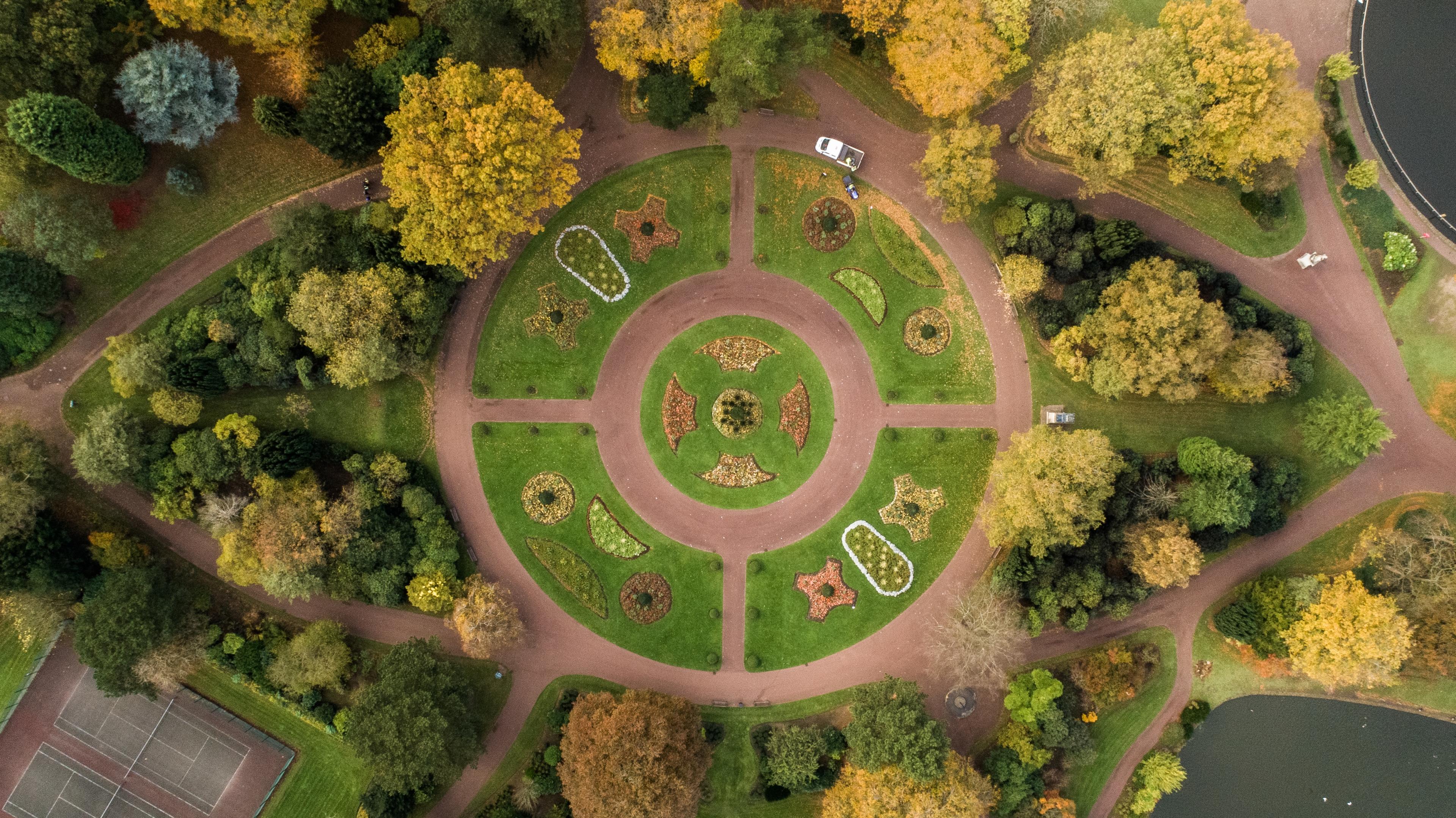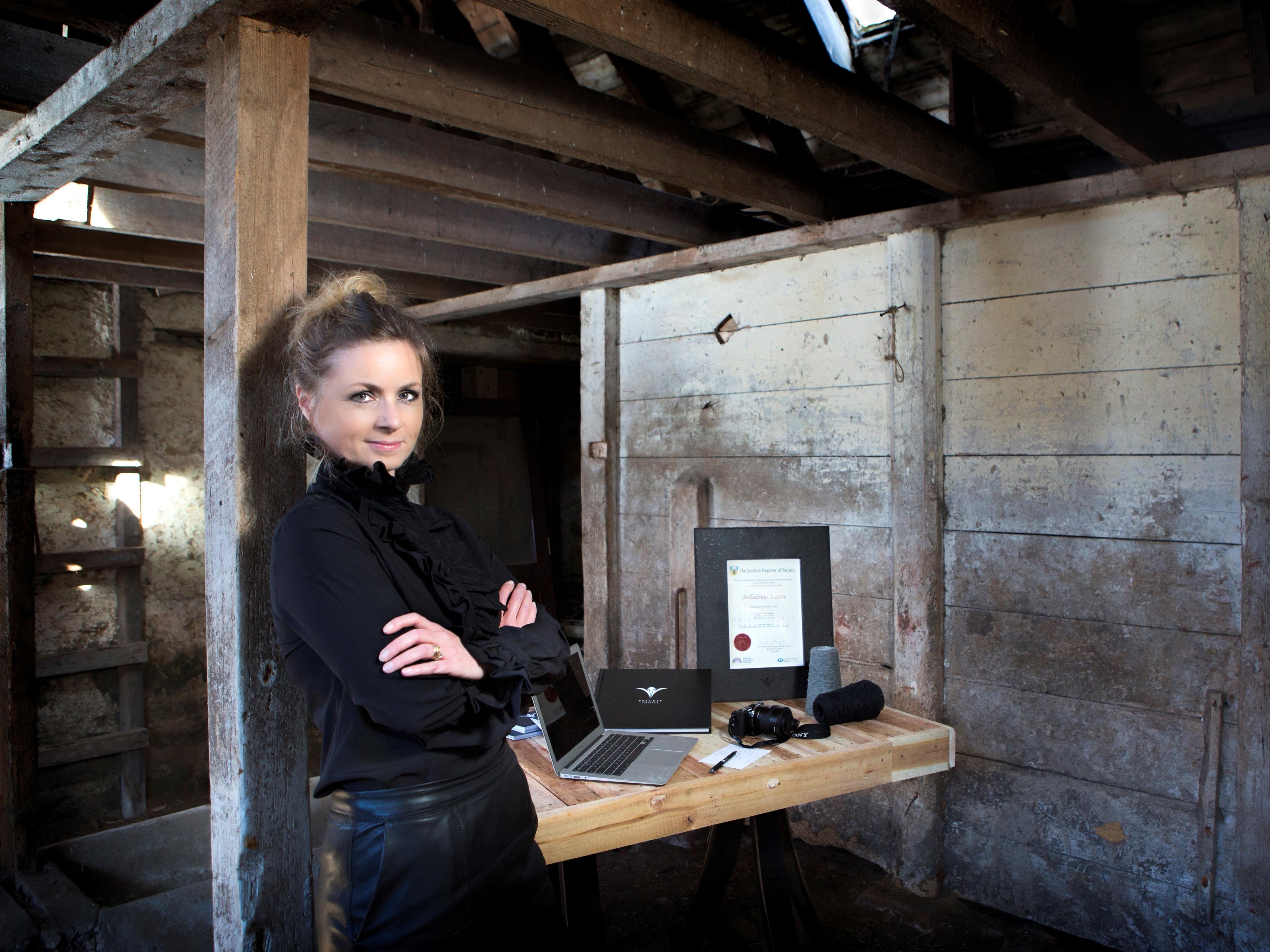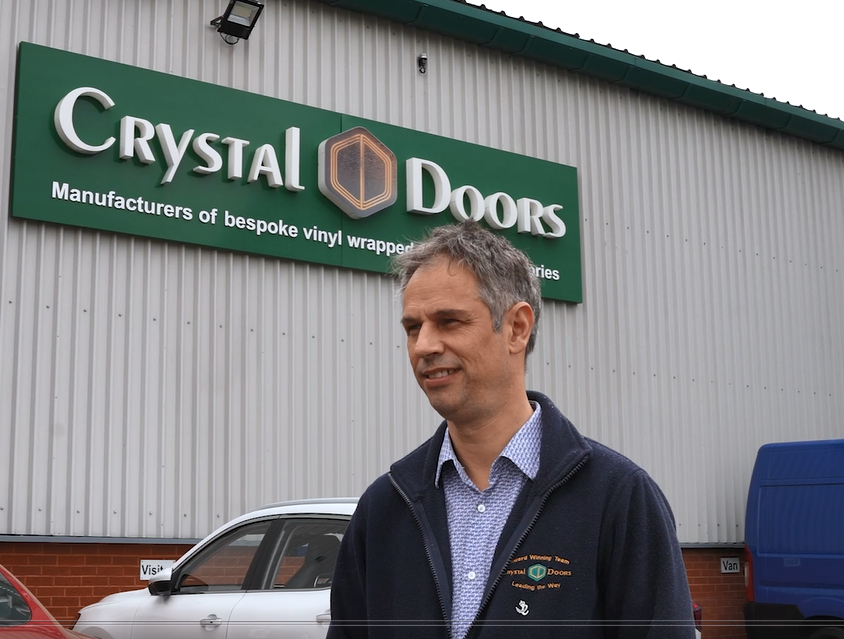In a 2020 statement, the UK Government confirmed its commitment to moving towards a more circular economy. And in a world where sustainability and environmental consciousnesses are becoming increasingly important, businesses of all sizes will have to play their part in the transition.
Below, we’ll explain what the circular economy is and discuss the benefits it can bring for small businesses. Plus, we’ll highlight some successful circular business models, and give practical insights for implementing circular practices within your business operations and supply chain.
What is the circular economy?
The circular economy is an economic system designed to minimise waste by keeping materials and products in use for as long as possible. The traditional linear economy follows a 'take, make, dispose' model. In contrast, the circular economy seeks to close the loop and create a regenerative system.
According to the Ellen MacArthur Foundation, a charity committed to creating a circular economy, there are three key principles of a circular economy:
- Eliminate waste and pollution: This means products being maintained, shared, reused, repaired, refurbished, remanufactured, and, as a last resort, recycled.
- Circulate products and materials: This means keeping materials in use, either as a product or as raw materials when that product can no longer be used.
- Regenerate nature: This means shifting the focus from extraction to regeneration. Instead of destroying nature, farming practices must rebuild soils and promote biodiversity.
How to implement a circular economy business model
Even if your business doesn’t produce or sell physical products, there are still ways to participate in a circular economy. Here are some of the steps your small business can take if you’re looking to introduce a circular business model.
-
Assess your supply chain: Look for opportunities to reduce waste, reuse materials, or collaborate with suppliers to establish circular, ‘closed-loop’ systems. A sustainable supply chain will not only lower your business’s environmental impact, but also makes good financial sense too.
-
Rethink the design of your products or services: When designing your business’s products or services for a circular economy, it’s important that they have a focus on durability, reparability, and recyclability. And, you’ll want to consider using sustainable materials and using renewable energy sources in any business or manufacturing process.
-
Engage your employees: It’s much easier to introduce new business practices when you have the support of your team behind you. Helping your employees take ownership of what you’re trying to achieve can boost your company's circular economy efforts. Plus, it can be an empowering and motivating thing for your employees to do. Learn more about how to promote employee engagement here.
-
Incentivise your customers: It’s important to educate your customers and encourage them to participate in the circular economy by embracing the reuse, repair, or recycle mantra. You can do this by offering incentives for returning used products, like cosmetic brand LUSH and their Bring it Back Scheme. Alternatively, you could offer a discounted repair service to encourage a circular product cycle.
-
Collaborate with stakeholders: When you engage with like-minded businesses and industry associations such as the Ellen MacArthur Foundation, you’ll gain valuable insights into sustainable and circular business practices. Your business’s social media platforms is a great way to connect with these organisations.
Top tip: Check out the latest private and government funding available to small businesses for introducing sustainable practices or initiatives. Go to the list here.
Circular economy: benefits for business
A circular economy model not only aligns with increasing societal demands for sustainability and responsible business practices, but it can also bring about a host of commercial benefits to your business.

Let’s explore the business benefits of a circular economy model.
Enhanced customer loyalty: Consumers are becoming more aware of environmental issues. According to Funding Circle research, 66% of UK consumers would spend more on a product if it came from a sustainable business. So, embracing a circular model can help enhance your brand's reputation and attract customers who value sustainability.
Innovation and competitive edge: The circular economy model can encourage innovative thinking. A small businesses owner who adopts circular practices can differentiate themselves from competitors. They can seize new market opportunities and develop innovative products or services that align with circular economy principles.
Cost savings: The circular model encourages businesses to reuse and repair products wherever possible. This means businesses can optimise their resources and reduce the costs associated with new raw materials and waste management.
Circular economy business examples
Here, we take a look at some of the businesses adopting successful circular economy business initiatives.
Prickly Thistle
Sustainability and circularity are at the core of this Scottish artisan textile manufacturing business. When asked what the future of clothing will look like, Prickly Thistle’s founder Clare Campbell said: ‘They will have been designed with no fabric waste, they will be made with minimal hardware that is easily removed for recycling but also hardware that has multi-size adaptability.’
Patagonia
The outdoor apparel company actively promotes the transition to a circular economy by encouraging customers to repair and reuse their products. Their Worn Wear initiative means customers can trade in used Patagonia items for store credit. Not only does this approach reduce waste, but it also fosters brand loyalty and extends the life of their products.
SSE Renewables
In partnership with key industry bodies, SSE Renewables launched the new Coalition or Wind Industry Circulatory (CWIC). The partnership supports the re-use, refurbishment and re-engineering of broken wind turbine parts. Analysis from the group found that circularly of turbine parts could prevent more than 800,000 tonnes of parts from being scrapped.
If you found this useful, please visit our net zero hub for more free tools, tips and expert advice.
Please note, SSE Energy Solutions has written this blog for information purposes only. We recommend speaking to your own business and financial advisors before taking any direct action that will impact your business.






